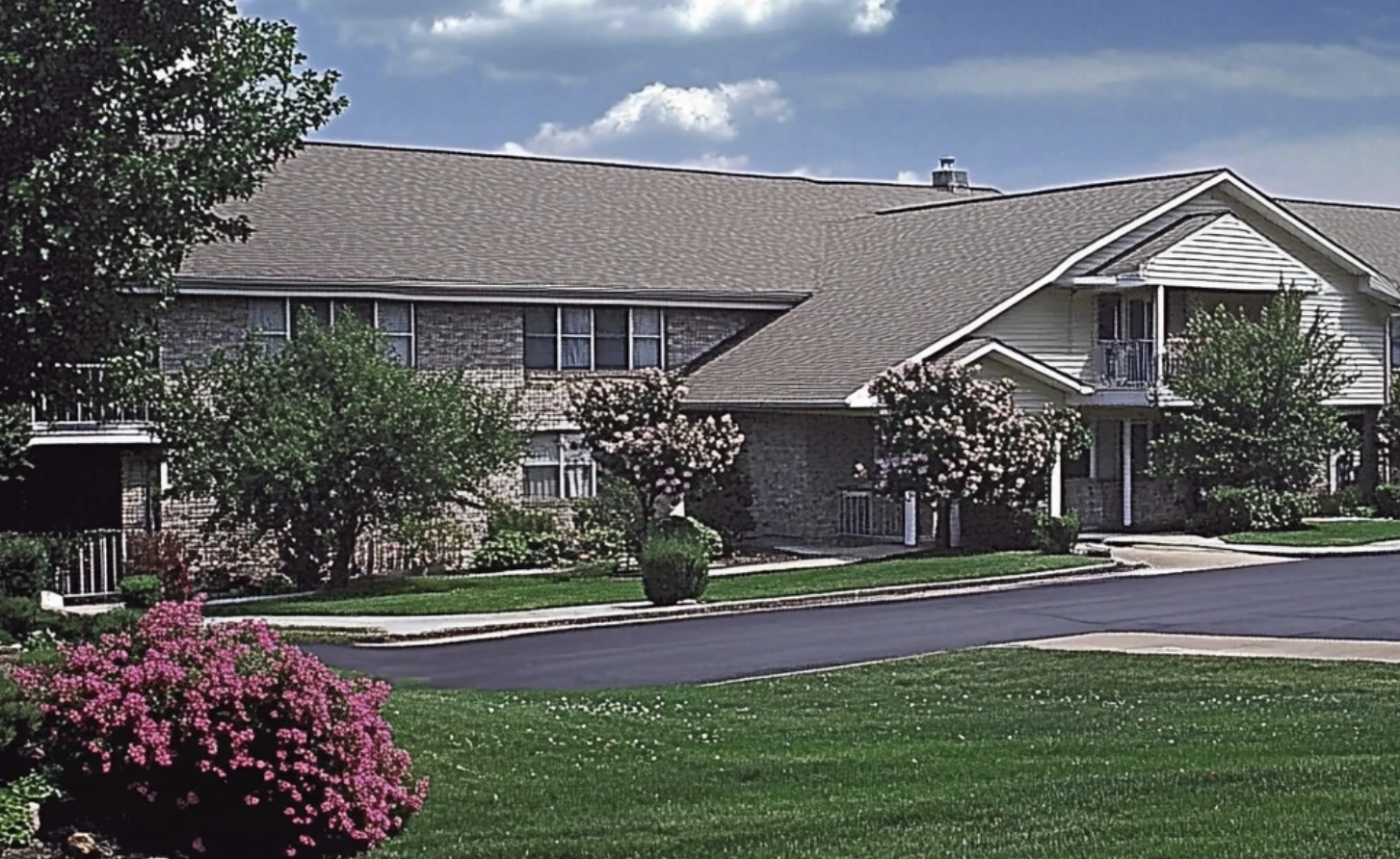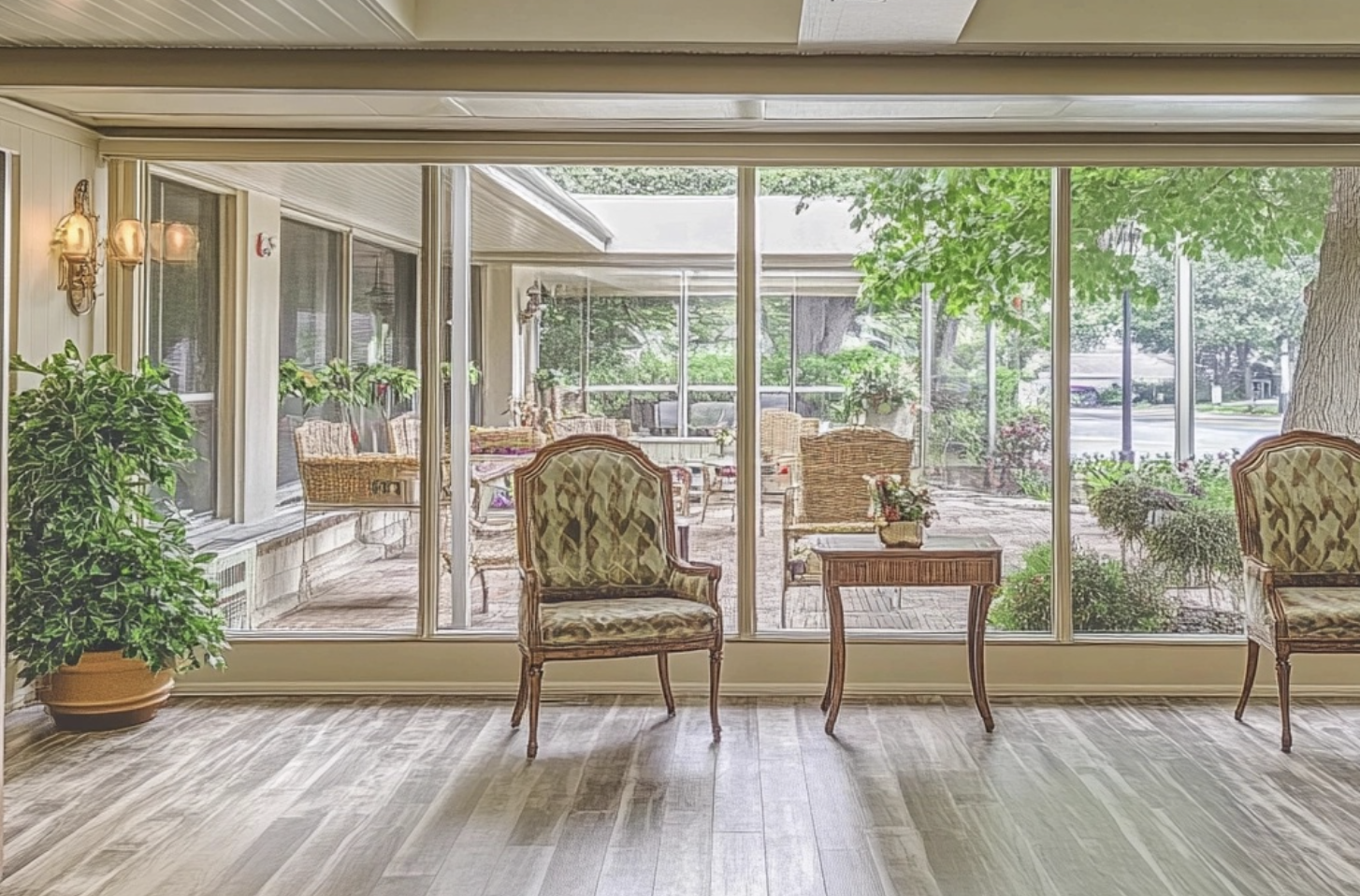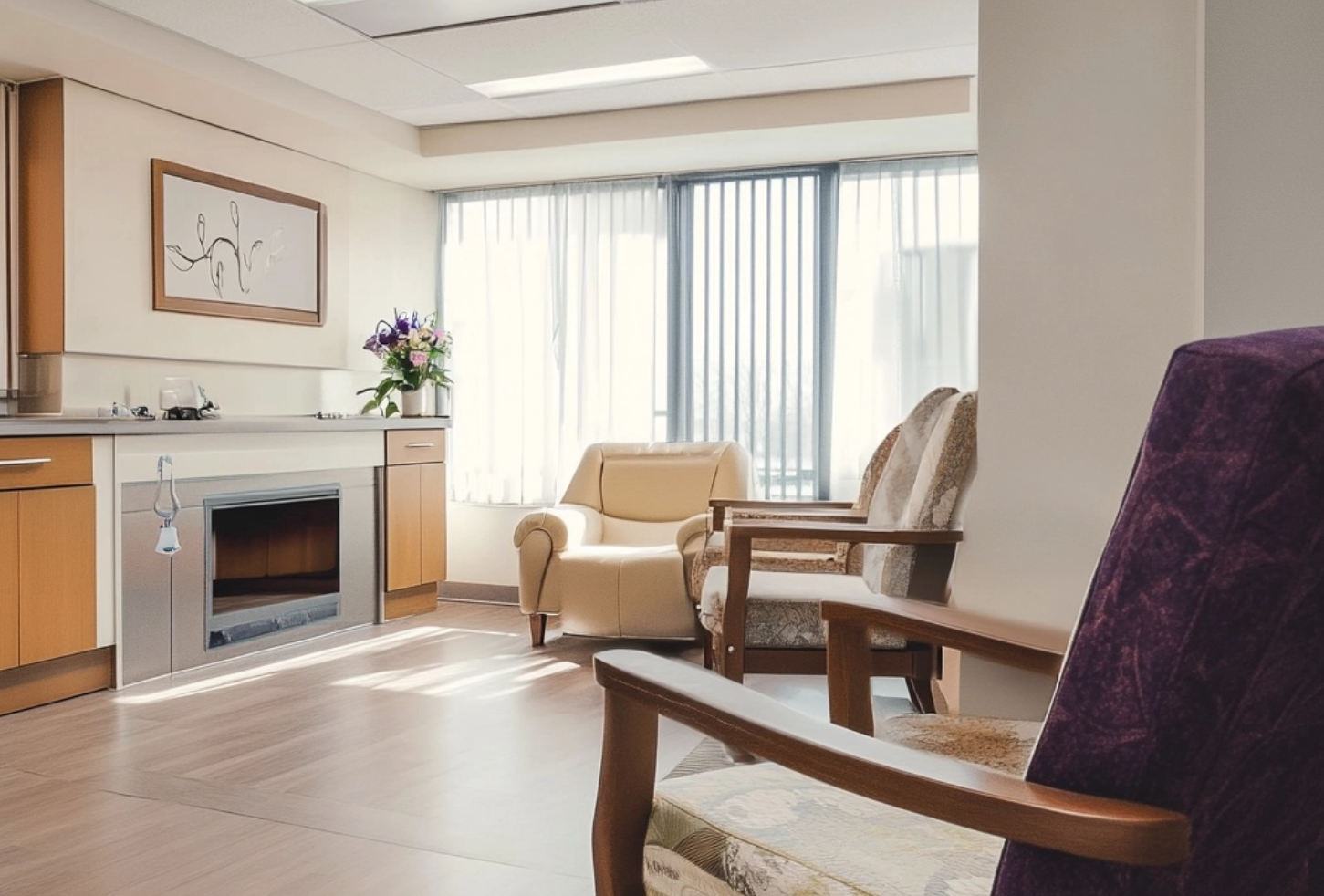Choosing a senior living community for a loved one is a significant decision that can have a profound influence on their quality of life. As families navigate this process, they must consider various factors to ensure they select the right environment that meets their loved one’s needs. From assessing care requirements to evaluating amenities and staff quality, each aspect plays a crucial role in making an informed choice.
The selection process involves careful consideration of multiple elements. Families need to examine the types of care available, the community’s location, and the range of activities offered. Additionally, they must scrutinize the staff credentials, review the overall care quality, and analyze the costs involved. By thoroughly evaluating these factors, families can find a senior living community that provides a safe, comfortable, and enriching environment for their loved ones.
Assess Care Needs and Community Types
Assessing care needs is a crucial step in choosing a senior living community. This process helps determine the level of support required and the type of community that best suits an individual’s needs. A thorough needs assessment evaluates physical, cognitive, and personal care requirements, enabling families to make informed decisions about the most appropriate living arrangements.
Independent Living
Independent living communities cater to active older adults who desire a maintenance-free lifestyle without the burden of home ownership. These communities offer private apartments or condos with amenities such as meal plans, housekeeping, and social activities. Residents in independent living are generally in good health and can manage their daily activities without assistance. This option is ideal for seniors looking to downsize and enjoy a vibrant social environment.
Assisted Living
Assisted living communities provide a balance between independence and support. They offer assistance with activities of daily living (ADLs) such as bathing, dressing, and medication management. These communities are designed for seniors who need some help but do not require intensive medical care. Assisted living facilities often feature private apartments, communal dining areas, and a range of social activities. This option is suitable for seniors who value their independence but require regular support to maintain their quality of life.
Memory Care
Memory care communities are specialized facilities designed for seniors living with Alzheimer’s disease or other forms of dementia. These communities offer a secure environment with 24/7 supervision to ensure resident safety. Staff members in memory care facilities receive specialized training to provide personalized care and support for individuals with cognitive impairments. Memory care programs often include activities tailored to enhance cognitive function and promote social engagement. This option is ideal for seniors who require a higher level of care and supervision due to memory-related challenges.
Skilled Nursing
Skilled nursing facilities provide the highest level of care outside of a hospital setting. These communities offer 24-hour medical supervision and assistance with all aspects of daily living. Skilled nursing care is appropriate for seniors with complex medical needs, those recovering from surgery or illness, or individuals requiring long-term care due to chronic conditions. These facilities have registered nurses on staff and offer services such as physical therapy, occupational therapy, and wound care.
When assessing care needs and choosing a community type, it’s essential to consider factors such as the individual’s current health status, future care requirements, and personal preferences. Families should also evaluate the community’s location, amenities, staff qualifications, and overall atmosphere to ensure it aligns with their loved one’s needs and lifestyle. By carefully assessing care needs and exploring different community types, families can make an informed decision that promotes the well-being and quality of life of their senior loved ones.
Evaluate Location and Amenities
When choosing a senior living community, evaluating the location and amenities is crucial to ensure a comfortable and fulfilling lifestyle for your loved one. The right location can make a significant difference in maintaining connections with family and friends, while a wide range of amenities can enhance the overall quality of life.
Proximity to Family
One of the most important factors to consider when selecting a senior living community is its proximity to family members. Being close to loved ones allows for frequent visits and participation in family events. This closeness can provide emotional support and help seniors maintain strong family bonds. Additionally, it enables family members to be readily available in case of emergencies or to offer assistance when needed.
On-Site Services
Senior living communities often provide a variety of on-site services to make residents’ lives easier and more enjoyable. These services may include housekeeping, laundry, and meal preparation. Many communities also offer wellness programs, fitness classes, and health monitoring services. When evaluating amenities, it’s essential to consider the specific needs and preferences of your loved one to ensure the community can meet their requirements.
Social Activities
Engaging in social activities is vital for seniors’ mental and emotional well-being. Look for communities that offer a diverse range of activities to suit different interests and abilities. These may include art workshops, educational programs, fitness classes, and cultural events. Some communities even organize field trips to local attractions, providing opportunities for residents to explore and stay connected with the surrounding area.
Transportation Options
As seniors age, driving can become challenging, making transportation services a crucial amenity to consider. Many assisted living communities offer transportation options to help residents maintain their independence and stay connected to the wider community. These services may include scheduled trips to medical appointments, shopping centers, and social outings. Some communities provide on-demand transportation for residents’ personal errands or family visits.
When evaluating location and amenities, it’s important to consider how they align with your loved one’s lifestyle and care needs. A well-chosen senior living community can provide a safe, comfortable, and engaging environment that promotes independence and enhances quality of life. By carefully assessing these factors, you can make an informed decision on how to choose a senior living community that best suits your loved one’s needs and preferences.
Consider Staff and Care Quality
When choosing a senior living community, evaluating the staff and care quality is crucial to ensure the well-being of your loved one. The quality of care provided can significantly influence a resident’s quality of life and overall experience in the community.
Staff-to-Resident Ratio
One of the key factors to consider is the staff-to-resident ratio. This ratio indicates how many staff members are available to care for each resident. A lower ratio often means more personalized attention and care for residents. The industry average for staff-to-resident ratios in assisted living communities is typically 1:8, meaning one caregiver for every eight residents. However, this ratio may vary depending on the time of day and the specific needs of the residents.
It’s important to ask about the staff-to-resident ratio during both day and night shifts. Some communities may have a lower ratio at night, such as 1:15, when residents are generally sleeping and require less assistance. When touring potential communities, inquire about their staffing standards and how they ensure adequate coverage during all hours of the day.
Staff Qualifications
The qualifications and training of staff members play a vital role in the quality of care provided. While specific requirements may vary by state, it’s essential to ask about the qualifications of the caregivers, nurses, and other staff members who will be interacting with residents.
Inquire about the training programs in place for staff members, including ongoing education and specialized training for specific conditions like dementia or Parkinson’s disease. Some communities may have registered nurses on staff or available on-call, which can be beneficial for residents with more complex medical needs.
Care Plans
A well-developed care plan is essential for meeting the individual needs of each resident. When evaluating a senior living community, ask about their process for creating and updating care plans. A comprehensive care plan should address a resident’s physical, emotional, and social needs, as well as any specific health conditions or medications.
Inquire about how often care plans are reviewed and updated, and how family members are involved in this process. A good care plan should be flexible and adaptable to changing needs, ensuring that residents receive the appropriate level of care as their requirements evolve over time.
Safety Measures
Safety is paramount in any senior living community. Ask about the safety measures in place to protect residents from harm and ensure their well-being. This may include:
• Emergency call systems in residents’ rooms and common areas • Fall prevention strategies, such as grab bars in bathrooms and well-lit walkways • Medication management protocols to prevent errors • Security measures to prevent unauthorized access to the community • Infection control procedures to minimize the spread of illnesses
Additionally, inquire about the community’s emergency preparedness plans and how they handle situations such as power outages or natural disasters.
By carefully considering these aspects of staff and care quality, you can make a more informed decision when choosing a senior living community for your loved one. Remember to ask questions, observe staff interactions with residents during your visit, and trust your instincts as you evaluate different options.
Review Costs and Financial Options
Monthly Fees
When choosing a senior living community, it’s crucial to understand the monthly fees involved. These fees can vary widely depending on factors such as location, services provided, and level of care required. On average, the monthly cost of assisted living in the United States is around USD 4500.00 to USD 5350.00. However, this base fee often covers only room and board, and additional charges may apply for personal care services.
It’s important to note that assisted living costs are predicted to rise over time due to inflation and increasing demand. Families should account for potential annual increases, which can range from 4% to 10%. To get a clearer picture of costs, it’s helpful to compare the median cost rather than the average, as it provides a more accurate representation of typical expenses.
Additional Charges
Beyond the base monthly fee, senior living communities may have various additional charges that can significantly impact the overall cost. These may include:
• Community or move-in fees, which can range from USD 1000.00 to USD 5000.00 • Fees for higher levels of care or assistance with activities of daily living • Medication management fees • Transportation costs for medical appointments or social outings • Specialized meal plans or dietary accommodations • Personal care supplies and hygiene products
It’s essential to inquire about all potential additional charges when evaluating different communities to avoid unexpected expenses.
Payment Options
Senior living communities often offer multiple payment structures to accommodate different financial situations. These may include:
• Tiered pricing based on the level of care required • All-inclusive pricing that covers most services and amenities • A la carte pricing for specific services
Many families use a combination of payment sources to cover the costs of senior living. Some common options include:
• Personal savings and retirement accounts • Social Security benefits • Long-term care insurance • Veterans Aid and Attendance benefits • Sale of a home or other assets • Reverse mortgages
Financial Assistance Programs
For seniors with limited financial resources, there are various assistance programs available. These include:
• Medicaid: Many states offer Medicaid waivers or programs that can help cover the cost of assisted living for eligible low-income seniors. • Medicare: While Medicare doesn’t typically cover long-term care, it may cover short-term rehabilitation following a hospitalization. • State-specific programs: Some states have their own financial assistance programs for seniors in assisted living. • Non-profit organizations: Various non-profit groups offer financial support or resources for seniors seeking affordable senior living options.
When exploring financial assistance options, it’s important to research the specific programs available in your state and understand their eligibility requirements. Additionally, some senior living communities offer benevolent support for residents who have depleted their financial resources through no fault of their own.
Conclusion
Choosing the right senior living community for a loved one is a journey that requires careful thought and consideration. By evaluating care needs, location, amenities, staff quality, and financial options, families can find a community that provides a safe and enriching environment. This process has a significant impact on the well-being and quality of life of seniors, making it crucial to weigh all factors thoroughly.
In the end, the goal is to find a place where your loved one can thrive and receive the care they need. Remember, each senior’s needs are unique, so what works for one may not work for another. By taking the time to research, visit communities, and ask questions, you can make an informed decision that ensures your loved one’s comfort and happiness in their new home.
FAQs
1. How much time does it usually take for an elderly individual to adapt to an assisted living environment?
It typically takes about three to six months for a senior to adjust to living in an assisted living facility. This timeframe can vary depending on individual circumstances, but it’s important to keep in mind the reasons behind the decision, such as safety, health, and overall well-being.
2. What are some effective strategies to encourage a loved one to consider moving to an assisted living facility?
To persuade a loved one to consider assisted living, start by discussing the idea with other family members to ensure everyone is aligned. Approach the topic gently without exerting pressure, listen to their concerns, highlight the benefits, and use real-life situations to illustrate points. Allow them to make decisions, seek professional advice if necessary, and openly share your feelings and concerns.
3. What is the most suitable living arrangement for older adults who require additional care?
Assisted living facilities are ideal for older adults who need more personal care services than what can be provided at home or in an independent living community, but who do not require the constant medical care typical of a nursing home.
4. How should you approach the topic of moving to assisted living with your mother?
When suggesting assisted living to your mother, start the conversation early and ensure it’s done face-to-face whenever possible. Listen attentively, show empathy rather than sympathy, and avoid rushing her. Plan multiple conversations, suggest visiting a few facilities together, and remember to respect that the final decision is hers to make.












